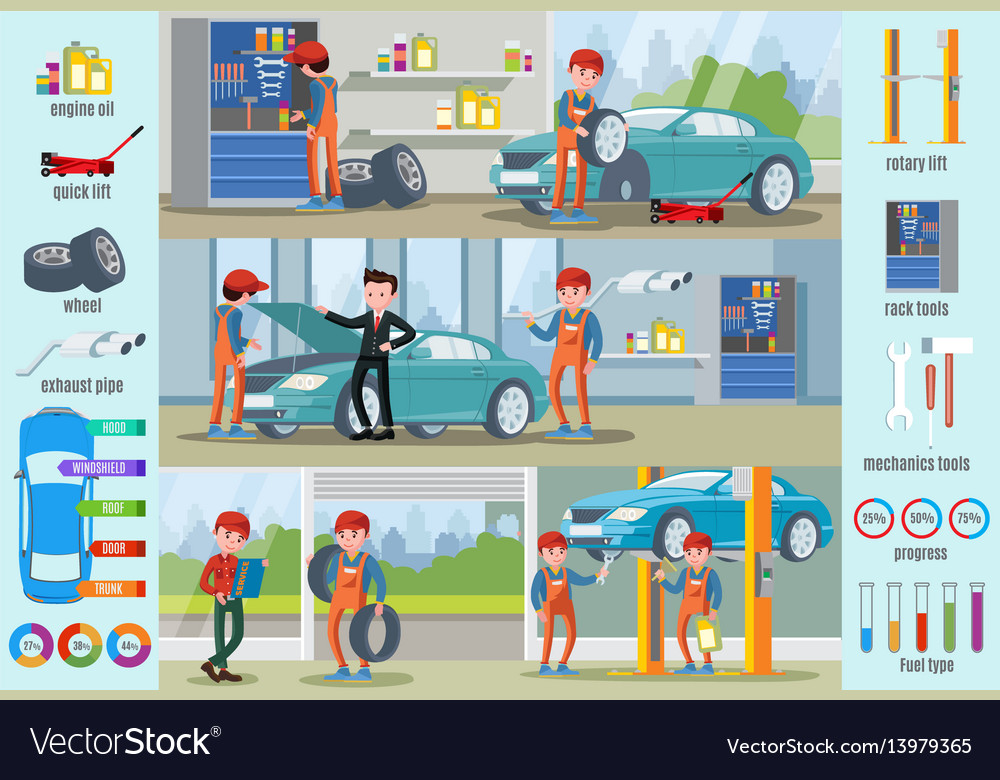Evaluating Your Vehicle'S Caution Indicators: What They Actually Share
Evaluating Your Vehicle'S Caution Indicators: What They Actually Share
Blog Article
Web Content Produce By-Higgins Corbett
When you're behind the wheel, those radiant warning lights on your control panel can be a bit bewildering. Do you recognize what they're attempting to inform you concerning your cars and truck's health? Understanding marine detailing near me of these lights is essential for your safety and the longevity of your vehicle. So, the next time one of those lights pops up, would not you intend to decipher its message precisely and take the needed actions to resolve it?
Common Warning Lighting and Interpretations
Recognize common warning lights in your automobile and understand their meanings to ensure safe driving.
The most typical warning lights consist of the check engine light, which indicates problems with the engine or emissions system. If this light comes on, it's critical to have your vehicle examined quickly.
The oil stress warning light indicates low oil pressure, calling for instant attention to prevent engine damages.
A flashing battery light could recommend a damaged billing system, possibly leaving you stranded otherwise attended to.
The tire stress monitoring system (TPMS) light informs you to reduced tire stress, impacting car security and fuel performance. Neglecting this might result in harmful driving problems.
go here indicates a problem with the anti-lock stopping system, jeopardizing your ability to stop promptly in emergency situations.
Lastly, the coolant temperature cautioning light warns of engine overheating, which can result in extreme damage otherwise fixed quickly.
Understanding these typical caution lights will certainly aid you address issues immediately and preserve secure driving conditions.
Significance of Prompt Focus
Recognizing the common caution lights in your vehicle is just the initial step; the significance of promptly resolving these warnings can't be highlighted enough to ensure your safety and security when driving.
When a warning light illuminates on your dashboard, it's your automobile's way of communicating a prospective problem that requires focus. Ignoring these cautions can cause extra extreme problems in the future, compromising your safety and security and possibly costing you extra out of commission.
Motivate focus to cautioning lights can stop malfunctions and crashes. For example, a blinking check engine light might show a misfire that, if left neglected, could trigger damage to the catalytic converter. Resolving this quickly can save you from a costly repair.
Similarly, a brake system warning light may signify low brake fluid or worn brake pads, critical elements for your security when driving.
DIY Troubleshooting Tips
If you discover a warning light on your dashboard, there are a couple of do it yourself fixing tips you can attempt before looking for expert help.
The initial step is to consult your automobile's manual to recognize what the specific caution light suggests. Occasionally the concern can be as simple as a loosened gas cap causing the check engine light. Tightening the gas cap might deal with the issue.
An additional usual problem is a reduced battery, which can cause different alerting lights. Inspecting the battery links for deterioration and ensuring they're safe might deal with the trouble.
If a warning light continues, you can try resetting it by disconnecting the car's battery for a few mins and afterwards reconnecting it. In addition, checking your car's fluid degrees, such as oil, coolant, and brake liquid, can help fix advising lights related to these systems.
Verdict
To conclude, understanding your cars and truck's warning lights is essential for maintaining your car running efficiently and securely. By immediately attending to these signals and understanding what they indicate, you can stay clear of costly fixings and potential breakdowns.
Keep in mind to consult your cars and truck's manual for specific information on each alerting light and act as necessary to make sure a trouble-free driving experience.
Keep informed, stay risk-free on the road!
